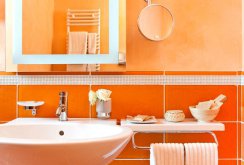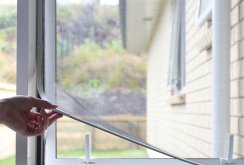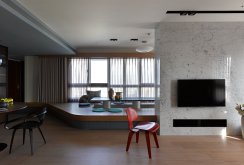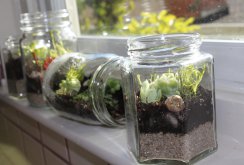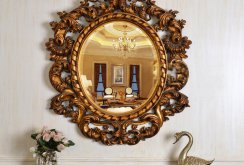Siding: all the variety of choices
The popularity of siding is based on the ease of installation and the affordable cost of most types of this facade material. Created as an imitation of an American board, it is widely used today. Various types of siding are used for facing residential, industrial, public buildings, outbuildings and country houses. The classification of this facade material is based on the type of raw materials used, used in the production of panels, the scope and surface shape.What siding is made of
The material used for the production of siding has a major impact on practical characteristics. It depends on the service life, resistance to mechanical stress, moisture resistance, combustibility and other useful properties. The following siding options are available:- vinyl - created from PVC, is lightweight, resistant to temperature extremes and high humidity, does not lend itself to corrosion, and is not affected by microorganisms. The panels are easy to assemble, cut, have a long service life. One of the main advantages of this material is its affordable price;
- metal - made of galvanized iron coated with plastisol or polyester, not affected by temperature changes, has high strength and durability, is reliably protected from corrosion. It does not burn and does not support combustion; it has a small weight, which makes it possible to use it when decorating houses on strip foundations;
- aluminum - light and durable panels that are resistant to corrosion, are used when facing buildings in techno-style, has a high cost;
- cement - fiber cement panels made of cement and reinforced with cellulose fiber, resistant to temperature changes, not combustible, the surface reproduces in detail the texture of natural wood or brick;
- wooden - panels made of natural wood, in the production of pine or larch, environmentally friendly material;
- ceramic - made from clay with the addition of marble chips, has high strength characteristics, is moisture resistant, is not afraid of temperature changes, among the shortcomings is the high cost and complexity of installation;
- wood-cellulose - made from wood chips, wood chips, fibers, which are pressed under high pressure, among the advantages are low cost and low weight;
- polyurethane - lightweight and durable panels with good moisture resistance, characterized by durability, corrosion resistance, among the disadvantages - high cost.
Purpose of siding
In the catalogs of all the manufacturer siding is positioned as a facade material. Despite this, there are two groups of products by destination:- wall siding - lighter and larger panels that protect the supporting structures from precipitation, wind and mechanical stress. Differ in various decorative characteristics;
- basement siding - the advantage of the material is increased strength characteristics, increased moisture resistance. The panels are large and short. Most often imitate masonry or brickwork.
Decorative qualities
Most product reviews point out that wall facade panels mimic the following types of cladding material:- a tree;
- natural stone;
- a brick.
- block house - panels with a semicircular front surface that reproduce a log;
- American - imitates a board stuffed with an overlap;
- ship bar - each panel reproduces two beams crammed on top of each other.
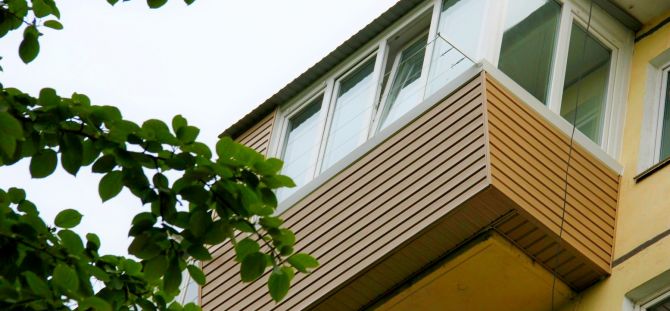
 Siding or decking: what to choose for exterior decoration of a balcony?
Siding or decking: what to choose for exterior decoration of a balcony?
